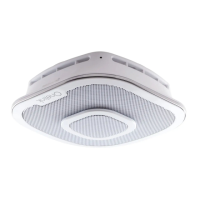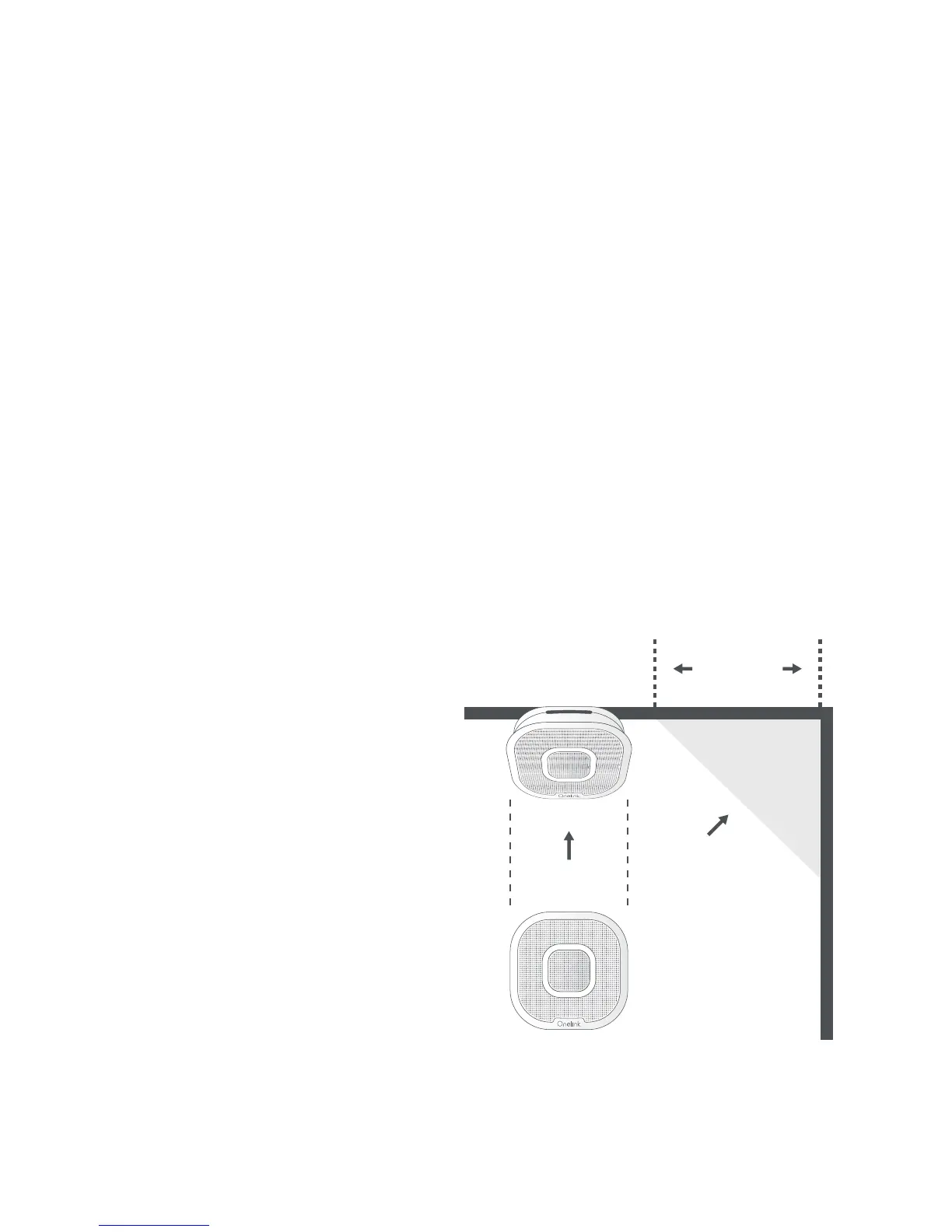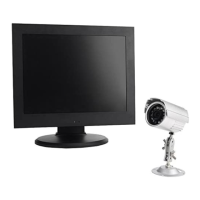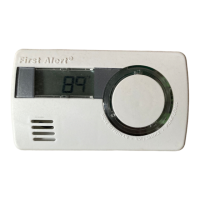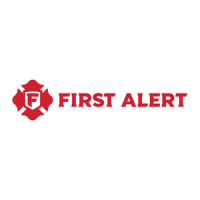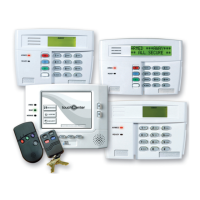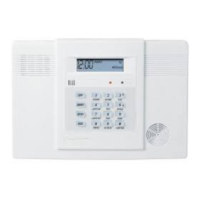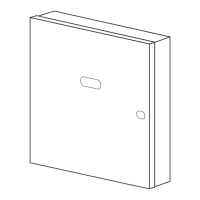7
Where to Install
Minimum coverage for smoke alarms, as recommended by the National Fire Protection Association (NFPA), is one smoke alarm on
every level, and in every bedroom (See “Regulatory Information For Smoke Alarms” for details on the NFPA recommendations).
For CO alarms, the National Fire Protection Association (NFPA) recommends that CO alarms be installed on every level
and in the central location outside each bedroom. For added protection, install additional CO alarms in every bedroom.
NOTE: For added protection, install an additional smoke/CO alarm at least 20 feet (6 meters) away from the furnace
or fuel burning heat source where possible. In smaller homes or in manufactured homes where this distance cannot
be maintained, install the alarm as far away as possible from the furnace or other fuel burning source. Installing the
alarm closer than 20 feet (6 meters) will not harm the alarm, but may increase the frequency of unwanted alarms.
In General, Install Combination Smoke and Carbon Monoxide Alarms:
• On every level of your home, including finished attics and basements.
• Inside every bedroom, especially if people sleep with the door partly or completely closed.
• In the hall near every sleeping area. If your home has multiple sleeping areas, install a unit
in each. If a hall is more than 40 feet (12 meters) long, install a unit at each end.
• At the top of first-to-second floor stairs.
• At the bottom of the basement stairs.
• For additional coverage, install alarms in all rooms, halls, and storage areas, where
temperatures normally remain between 40˚ F and 100˚ F (4.4˚ C and 37.8˚ C).
Recommended Placement
• Ceiling installation only: Place the alarm
as close to the center as possible.
• See Avoiding “Dead Air” Spaces
for more information.
NOTE: For any location, make sure no door
or other obstruction could keep carbon
monoxide or smoke from reaching the alarm.
PLACE HERE
DO NOT PLACE
IN THIS AREA
CEILING
4
